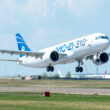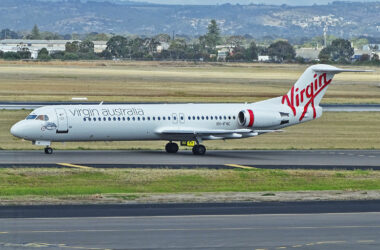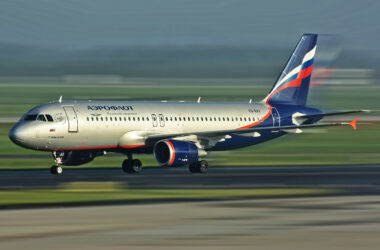EASA (European Aviation Safety Agency) has ordered operators of the widebody Airbus A350-1000 to carry out inspections of the Rolls-Royce Trent XWB-97 engines, as a precaution following a serious incident with a Cathay Pacific aircraft on September 1.
The Emergency Airworthiness Directive (AD) 2024-0174-E establishes a single phased inspection of the flexible fuel hose connections inside the engines to check for damage.
According to EASA, the inspections will have to be carried out within the next 3 to 30 days, depending on the age of the turbofan.
Follow Air Data News: WhatsApp | Google News | Instagram | LinkedIn | Twitter | Facebook

The civil aviation authority said there are currently 86 A350-1000 aircraft in service worldwide, but Airbus said Friday that the fleet of the aircraft now stands at 87 after delivering another unit to Japan Airlines.
“This action is a precautionary measure, based on the information received from the initial investigation of the recent Cathay Pacific serious incident and on the airline’s findings in its own subsequent inspections,” said EASA Executive Director Florian Guillermet. “We will continue to follow closely all information that will be made available through the ongoing safety investigation.”
Grounding of 48 jets
On September 1, 2024, Cathay Pacific A350-1000 B-LXI took off from Hong Kong to Zurich on flight CX383 and suffered an engine fire in flight shortly after takeoff.

The fire was detected and extinguished, but the aircraft returned to Hong Kong. Cathay has since grounded its fleet and begun an inspection of all 48 of its A350s, including the A350-900 variant.
Fifteen of the wide-body jets had similar fuel line problems, but the company has managed to repair the first few aircraft over the past few days.
According to EASA, the Trent XWB-84 engines installed on the A350-900, although similar, differ in design and service history. For now, the agency has said they do not need to undergo inspections.






